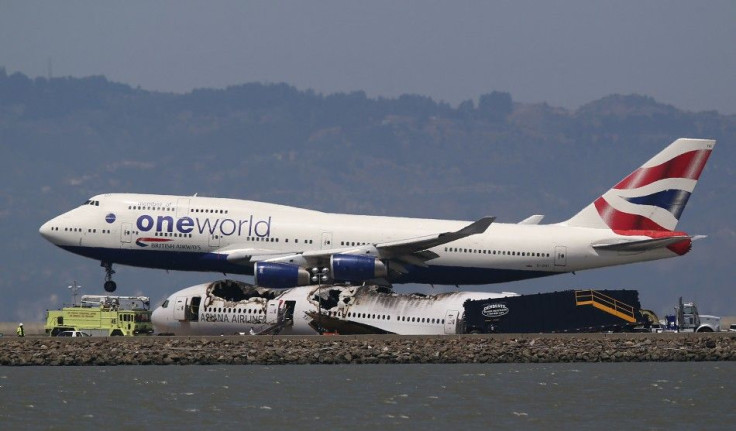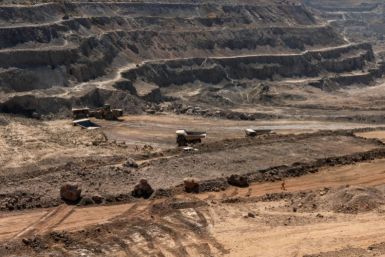Air Fares To Come Down in 2015 As Airline Profits Zoom To $25 Billion Aided By Falling Oil Prices

Given the steep fall in oil prices, it will be party time for the airline industry and a bonanza to consumers. Air fares are likely to crash with many airline companies preparing to slash fares for passing down the savings made from the plummeting oil prices. Many carriers are also forecasting record airline profits for 2015, on the back of cheaper fuel and surging demand.
The bump in airlines profit thanks will see an increase of 26 percent and touch a record $25 billion in 2015, said a Time magazine repor,t quoting the International Air Transport Association (IATA) which represents most global airlines. "The industry story is largely positive, but a number of other risks like political unrest, conflicts, and weak regional economies can affect the sector" said Tony Tyler, IATA's director general and CEO.
Air Fare Cut Likely
Still many airlines will resort to a cut in the average ticket price by 5 percent in 2015, barring surcharges and taxes. It may not be a big cut, but it is fine, considering the price of crude oil has crashed by more than 40 percent since June, according to the IATA, as reported by Global News. Things would start changing in 2015, when airlines' fuel costs start reflecting the recent plunge in energy markets, according to IATA's chief economist, Brian Pearce. "It may take another six months or so before airlines see lower fuel costs, and at that point consumers will also see a fall in travel costs," Pearce told The Associated Press.
The premise of the high profit forecast is that the price of oil will average $85 per barrel. IATA's U.S. counterpart, Airlines for America, also said the boom will encourage airlines to invest in new planes and passenger amenities, according to the trade group's chief economist, John Heimlich. However, Tony Tyler, director-general of IATA, said even with fall in jet fuel prices, the average profit would amount to little more than $7 per passenger per flight. That is well below many other industries.
Traffic Growth
Passenger traffic is expected to expand from 5.5 percent of the past two decades to 7 percent in 2015. North American airlines are expected to make the biggest profit -- $13.2 billion in 2015, compared to $11.9 billion in 2014. Carriers in Europe will see net earnings rise to $4 billion in 2015 from $2.7 billion of 2014. But the demand will remain unchanged.
There is a higher demand growth forecast in emerging markets of Asia, the Pacific region, the Middle East, Africa and Latin America. Many Asian airlines will see profits surging to $5 billion in 2015, while the Middle East players can expect profits of $1.6 billion compared to the present $1.1 billion.






